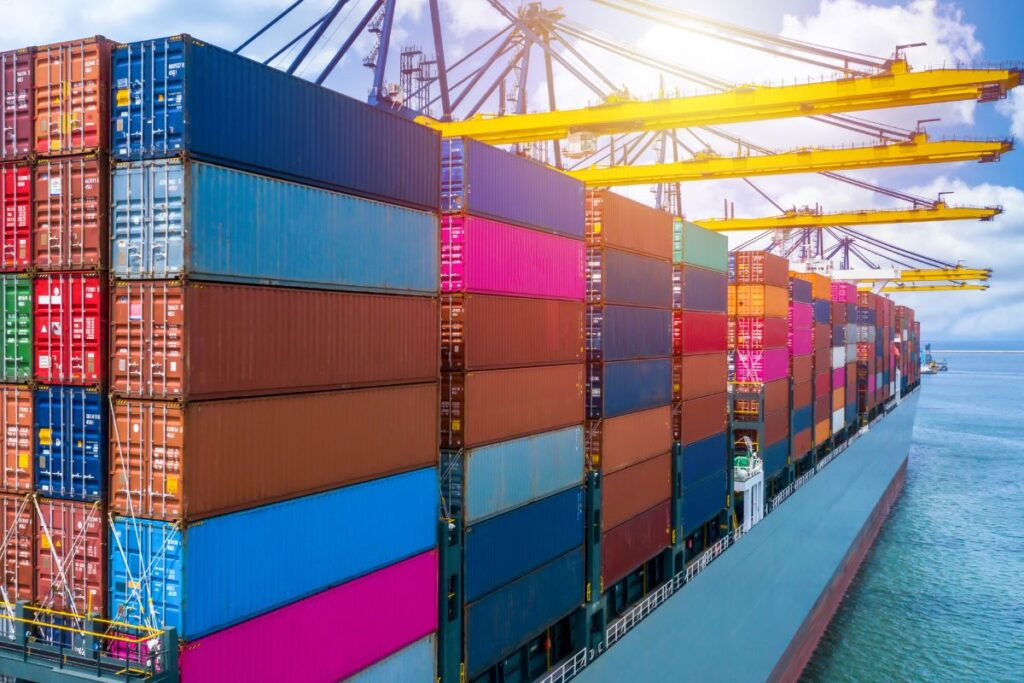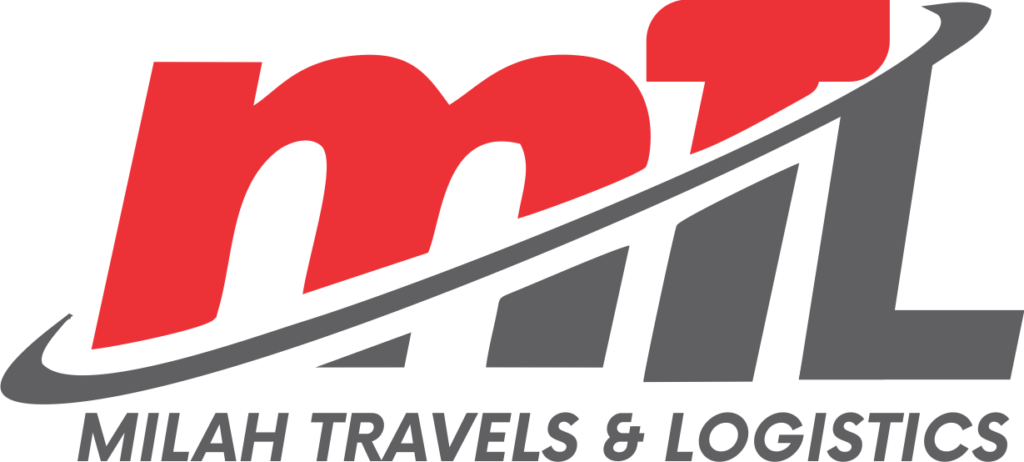Challenges in Sea Freight Forwarding

Sea freight forwarding involves transporting a range of cargo types, each presenting unique challenges. Oversized items, perishable goods, and high-value items not only require specific handling but also specialized security approaches to ensure their safe and efficient transportation.
Oversized Cargo
One of the most challenging types of sea freight is oversized cargo, such as machinery, industrial parts, and vehicles. These items often demand specific handling equipment due to their size and weight, including gantry cranes for their high load capacity and reach stackers for their manoeuvrability. Additionally, modular trailers, which can be adjusted to accommodate various sizes and shapes of cargo, play a role in transportation.
Special handling techniques are also employed to manage the unique demands of oversized cargo. For instance, slide or skid systems are commonly used to minimize damage. These systems involve laying a series of tracks or beams over which the cargo can be smoothly slid into position on the vessel.
Advanced lashing techniques are often used when securing oversized cargo. This might include using wire ropes, turnbuckles, and dunnage to prevent any movement during transit. Dunnage, such as wood or airbags, is particularly important for filling gaps and providing additional support so that cargo remains stationary.
Additionally, for items that are unusually tall or wide, a detailed stowage plan is crafted to avoid interference with vessel stability and navigation. This involves strategic placement on the deck, considering factors like wind resistance and the ship’s roll and pitch during the voyage.
Perishable Goods
Perishable goods such as food and pharmaceuticals need refrigerated transport to ensure a consistent cold chain for quality preservation. To achieve this, they are shipped in refrigerated containers or reefers that are adjustable to specific needs: fresh produce often requires near-freezing temperatures, while certain medications like vaccines and insulin need constant cool conditions.
Also, some reefers are equipped with atmosphere control technology. This is particularly important for fruits and vegetables, as it regulates the levels of gases like oxygen and carbon dioxide. This slows down the ripening process and extends shelf life.
High-Value Items
Transportation High-value item such as artwork, electronics, and luxury items poses distinct challenges, mainly related to security and insurance. Advanced security measures are often used, including tamper-evident seals and vibration sensors. Tamper-evident seals on containers help detect unauthorized access, with integrity checks ensuring the cargo remains undisturbed throughout transit. Vibration sensors are also used to alert shippers to any unusual movements that could indicate tampering or attempts at theft. They are placed on or within the cargo, at container doors, or on the container’s exterior. In addition, GPS tracking devices can be embedded within the cargo or container to enable real-time location monitoring throughout the journey.
Regarding insurance, high-value cargoes often need specialized coverage like “All Risk” and “Goods in Transit” for broader protection against shipping risks. For extremely valuable items, “declared value” coverage ensures adequate compensation by declaring a higher insured value than the standard carrier liability.
